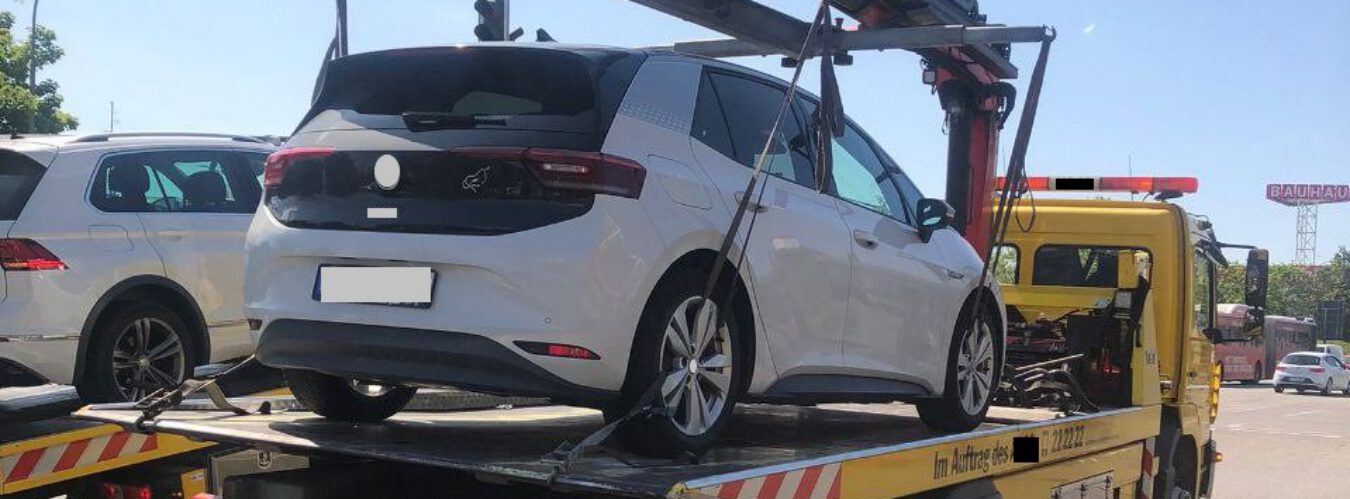In the meantime, some documents have been published by the manufacturer. With the help of these, I would like to respond to arguments that are often put forward, such as “But the control units all monitor each other and store an error in the error memory if one fails”.
Here are two press releases from the supplier. The first, dated October 7 2020, Link presents the introduction of zone controllers for the car.
Translated quote “The computer is the heart of the new electronics architecture of the [car] – and at the same time of the future electric fleet of [the manufacturer]. The new server solution bundles countless electronic functions in the car in one place. This means that only one control unit is now in use, where previously several dozen units were required for the increasing number of digital functions in a modern car.”
In April 2024, this press release on the zone controllers presented there was published, which goes into more detail on the reduction of individual control units:
Translated quote: “Individual sensors and actuators work at the “base”. Above this is the middle level of local control and software and data management. This level of the ZCU has a special feature: data flows from different domains merge here and are passed on to the top control level consisting of a few high-performance computers in a coordinated manner.”
Brake Management
There is also a complete brake management system for braking. The American transportation authority has linked it on its homepage, the document can be found here
In the scenario of Recuperative Deceleration:
“Since the braking effect happens using the high-voltage drive, brake pressure in the hydraulic system and the electrical brake force boosting are reduced. Electrical energy is saved by the not using the hydraulic brake system”
This seems to me to be a tricky point, as it means that the brake boost is regulated by the system and is not always the same.
